Early Career Scientist Spotlight
Dr. Angel Mojarro (he/him/his)
Organic Geochemist
Astrochemistry Laboratory (691)
What is your research focus?
My research is focused on biomarker preservation and the origins of life. In other words, I study how fossils form, how they might persist through time, and the transition from natural chemical networks to modern biological systems. Life as we know it is associated with a highly complex collection of organic matter which is unlikely to form abiotically (in the absence of life). When an organism dies, opportunistic scavengers might come along and recycle (eat) most of the organic matter – what typically remains are hard tissues like bones from vertebrates, but occasionally remnants of soft-tissues or membranes persist in the form of molecular fossils imperceptible to the eye. These include lipids, proteins, and even genetic molecules like DNA and RNA. I specifically investigate how lipids (components of the cell wall, tissues, fat, and signaling hormones) are preserved in their original state and undergo alteration into more stable products through a process called diagenesis. This allows us to examine organic matter in the geological record to learn how life has evolved on Earth. In addition, I investigate potential pathways for the origins of life where abiotically produced building blocks participate in self-propagating and increasingly complex systems that resemble life. One idea is that RNA polymers may have preceded proteins and DNA due to their unique ability to act as enzymes and store genetic information.
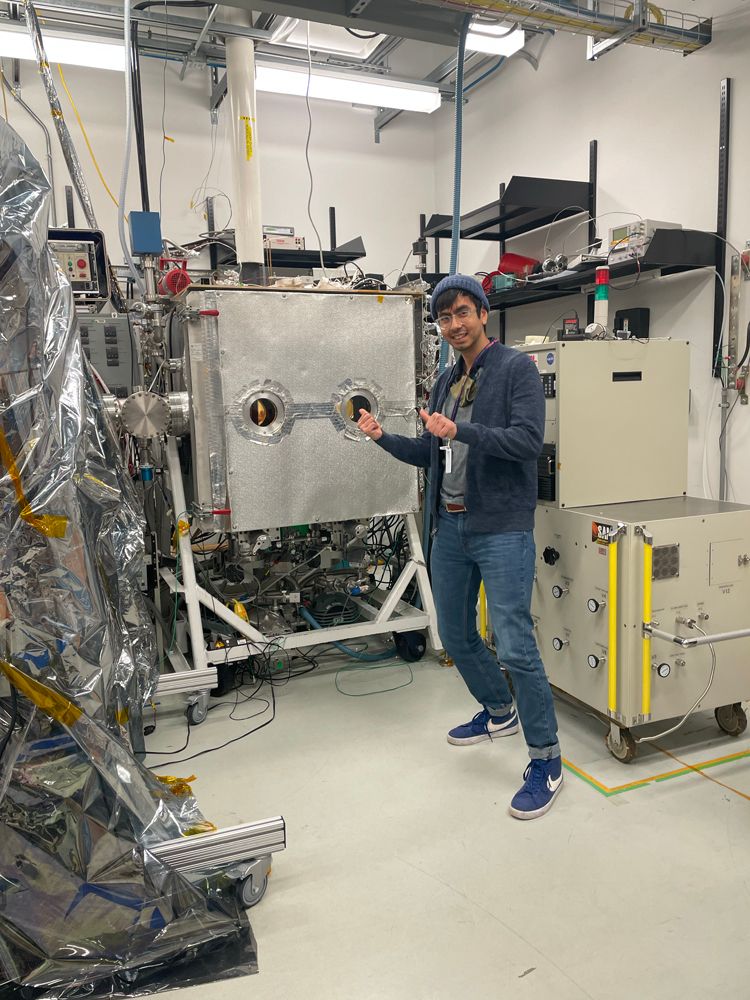
Credit: Angel Mojarro
What is one space mission that you are particularly excited about, and why?
A longstanding question regarding the formation and evolution of the solar system concerns the potential sources and diversity of complex organic compounds which may have contributed to the origins of life on the early Earth. One possibility is that organics synthesized within the early formation of our solar system may fundamentally represent the most significant source of building blocks (amino acids, sugars, nucleobases). Therefore, organic-rich asteroids and/or meteorites which have persisted with minimal alteration since their formation may serve as time capsules of the primordial solar system, which we can investigate to better understand our planetary and prebiotic origins. For that reason, I am very excited and feel fortunate to be part of NASA’s OSIRIS-REx sample return mission to and from asteroid Bennu. I believe this mission will enable an unprecedented study of remarkably ‘pristine’ samples from a well-characterized parent body to unlock the earliest stages of cosmochemistry.
What research accomplishment are you most proud of?
The study of the origins of life is a highly interdisciplinary field that draws on various fields like chemistry, biology, and geology. This is because life is expected to have emerged from chemical reactions occurring in dynamic environments undergoing wet-dry cycles or hydrothermal activity. Using this reasoning, we can hypothesize what primitive life and its chemistry on early Earth may have looked like. But that is not easy to do: Because the Earth has undergone extensive resurfacing due to plate tectonics (mountain building, subduction, weathering, etc.), it would be hard to imagine the types of environments that may have hosted the very beginnings of life. In contrast, the surface of Mars – our planetary neighbor with an early history like that of early Earth – has remained relatively unchanged since the formation of the planet. Given this, I decided to study Mars as a potential early-Earth analog for a particular pathway to life, called the RNA World. The result of this work was a study called ‘In search of the RNA world on Mars’ that brought in hardcore planetary geology, atmospheric chemistry, and molecular biology. The truth is – as someone with a background in geology – I spent far too many hours watching Youtube and Khan Academy videos to learn how acid-base reactions worked or what metal-catalyzed hydrolysis was - which are the foundations of the study! The paper is written in a way where I am actually teaching myself the subject matter. That is to say, I am very proud of this work because, with help and encouragement from my supervisors, I was able to go outside my wheelhouse to put something special together.
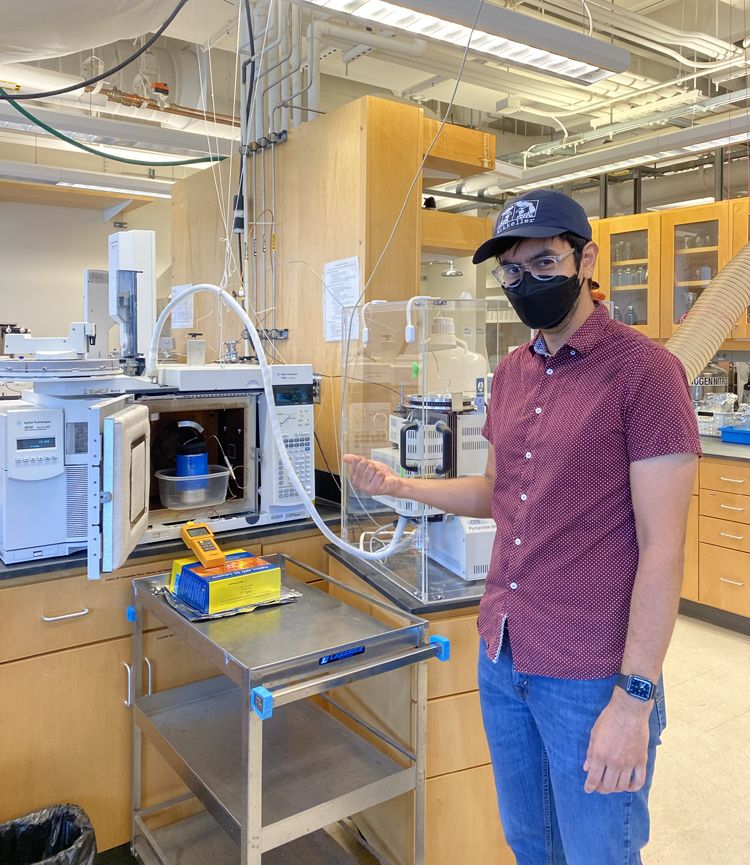
Credit: Angel Mojarro
What is one thing you wish the public understood about your field of work?
The building blocks of life as we know it, which include amino acids and nucleobases, are formed and found in outer space as common products of cosmochemistry. These molecules have also been seeded throughout our solar system by meteorites. What's stopping the same processes from taking place in other solar systems or other regions of space? My best guess is that if we do find life elsewhere, it will be very similar to life on Earth.
Who inspires you?
After the Curiosity Rover landed on Mars and studies started getting published, I would go over the author list to see if I recognized any of the names. Of course, I did not recognize any – I only had aspirations of space sciences at the time – but one name sounded familiar because it reminded me of my own and the people I grew up around. That name was Rafael Navarro-Gonzalez. I never had the opportunity to meet Rafael, but I was inspired by his work on the Sample Analysis on Mars (SAM) and Mars-analog environments on Earth. Unfortunately, Rafael passed away in January of 2021, three months after I had joined the SAM team with my then-supervisor, Roger Summons. Later that year, there was a virtual memorial service hosted by La Universidad Autónoma de México in Spanish. I still remember social distancing guidelines were fairly strict at the time, but Roger came into my office because he could not miss it and needed someone to translate the service. Now as a member of the OSIRIS-REx team, I hope to continue Rafael’s legacy through my own work and integrity to perhaps inspire others.
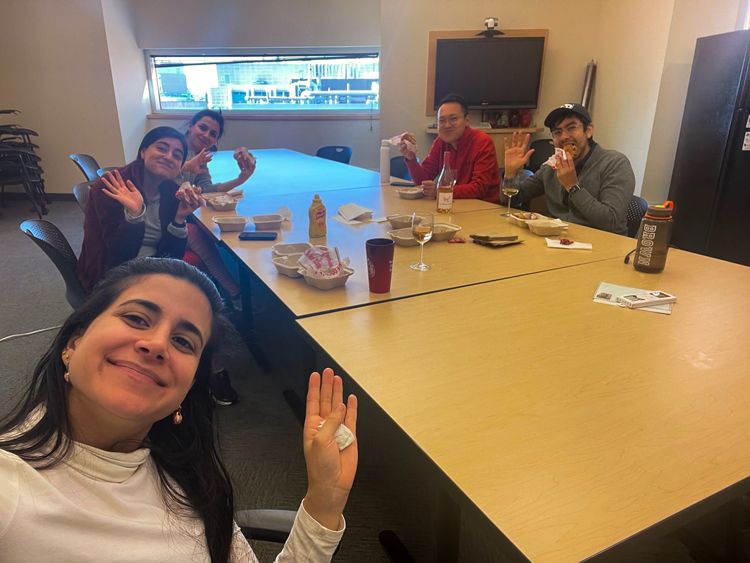
Credit: Angel Mojarro
If you were to expand your current research focus, what new topic(s) would you explore?
Day-to-day, I utilize incredibly sensitive instruments to detect trace organic compounds from tiny amounts of materials. For example, when samples of asteroid Bennu first arrived at Goddard, I worked on 1 milligram of powder. That’s so little you can hardly see it and the slightest breeze could take it away! Even so, we were able to detect amino acids and nucleobases which are the building blocks of life here on Earth. These techniques also have broad applications in the medical field like detecting hormones or biomarkers that serve as early signs of diseases like cancer, which have a better prognosis if caught early. I have a friend, Dr. Ainara Sistiaga, who has been applying techniques used by organic geochemists to analyze lipid biomarkers in modern and fossilized poop (all the way back to Neanderthals!) to study how the human gut microbiome has changed over time and its implications for human health. If we can develop methods to detect small amounts of organics from outer space, then there are likely powerful and impactful cross-applications of these methods in the medical field.
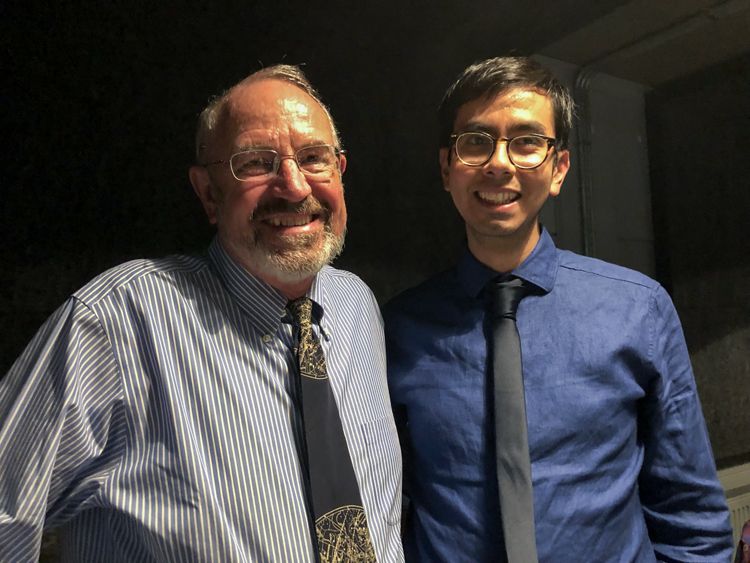
Credit: Angel Mojarro
What is a fun fact about you?
I really enjoy music, and I am always interested to learn about how a song was written and recorded, and its influences. When I was in high school, I used to religiously listen to Radiohead and often visited websites dedicated to investigating how particular sounds were made or what guitar/effects pedals were used by each band member. Now I mostly listen to reggaeton because I enjoy learning about the rich history behind the genre and its constant evolution. I particularly like Bad Bunny because he is someone with incredible knowledge and a clear love for music.
Biography
Home Town:
Los Angeles, California
Undergraduate Degree:
B.Sc. Geological Sciences, Brown University, Providence, Rhode Island
Post-graduate Degrees:
Ph.D. Geochemistry, Massachusetts Institute of Technology, Cambridge, Massachusetts
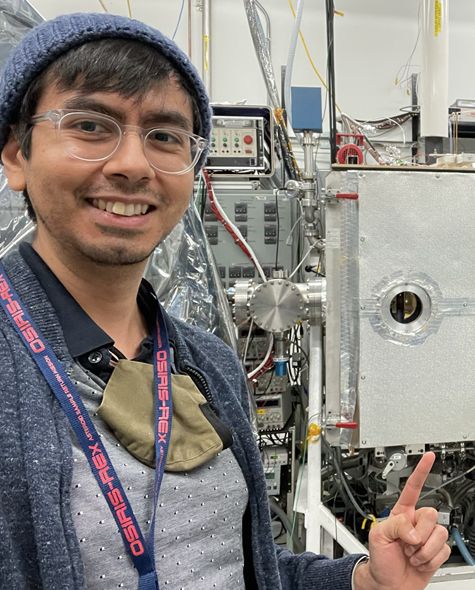
Link to Dr. Mojarro's GSFC Bio
